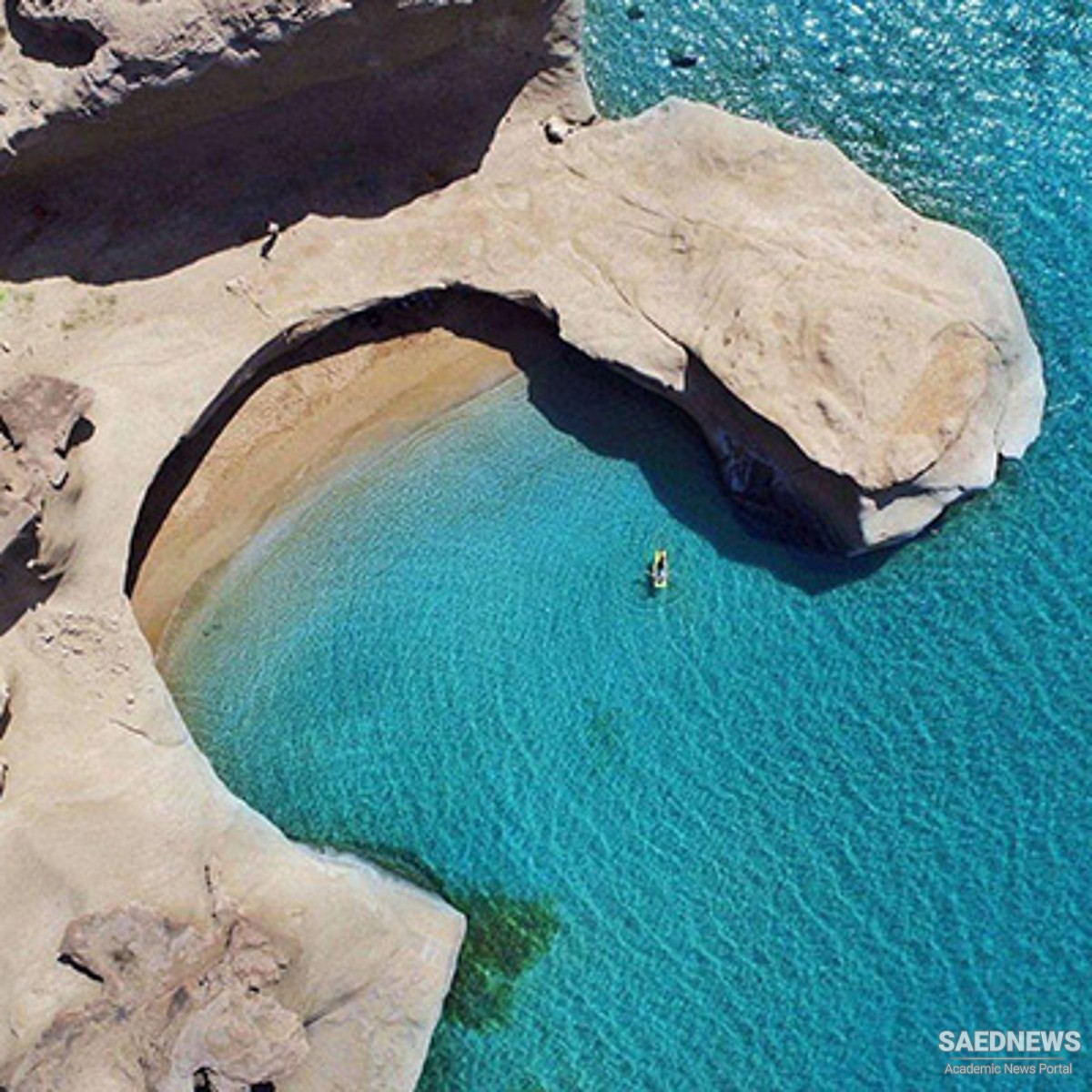This park is seven hundred and seven kilometers far from the sea borders of south of Iran. Nayband Coast is located between the cities of Nakhl-e Taghi, Assaluyeh, Bid Khun and Haleh. Nayband National Sea Park, spreading over an area about fifty thousand hectares, is Iran’s first national sea park, registered in 1383 SH. From this vast area, twenty-seven thousand hectares is under the sea and the rest is land. A long cape, sand beach, tree plains, deep valleys and firths are other parts of this park.
Some of the large numbers of animals that inhabit Nayband National Sea Park are tigers, gazelles, bustards, wild goats, goats, Chinkaras, grey francolins, rams, sheep, turtles, dolphins, sharks, crabs and mudskippers, as well as a kind of sea salamanders that live on sharp megaliths of the cape.
Only during one research conducted in 1380s SH, more than forty thousand birds from sixty-five species were discovered in Nayband National Sea Park; among them were birds such as flamingo, curlew, white pelican, plover, sandpiper, large white-headed seagull, Sternidae and Dalmatian pelican.
With its pleasant weather, Nayband National Sea Park is the home of migratory birds from all over the world. The environmental conditions of this area has led to the growth of a diverse range of species of plants. Some of these species that grow there are the broad-leaved tree of Banyan or fig tree, Hara forest of semi-floating trees and Tamarisk. One of the wonders of Hara trees is that they do not need fresh water to live and grow. About eighty percent of the aquatic animals of Persian Gulf lay their eggs by the feet of these trees.
Occasionally, Nabkhas or the vase of the deserts and sand dunes can be seen on the beach filled with shells and white sands. Corals and seaweeds and benthos live in the sea and water part of the park.



 Gulf of Oman, South Iran
Gulf of Oman, South Iran














































